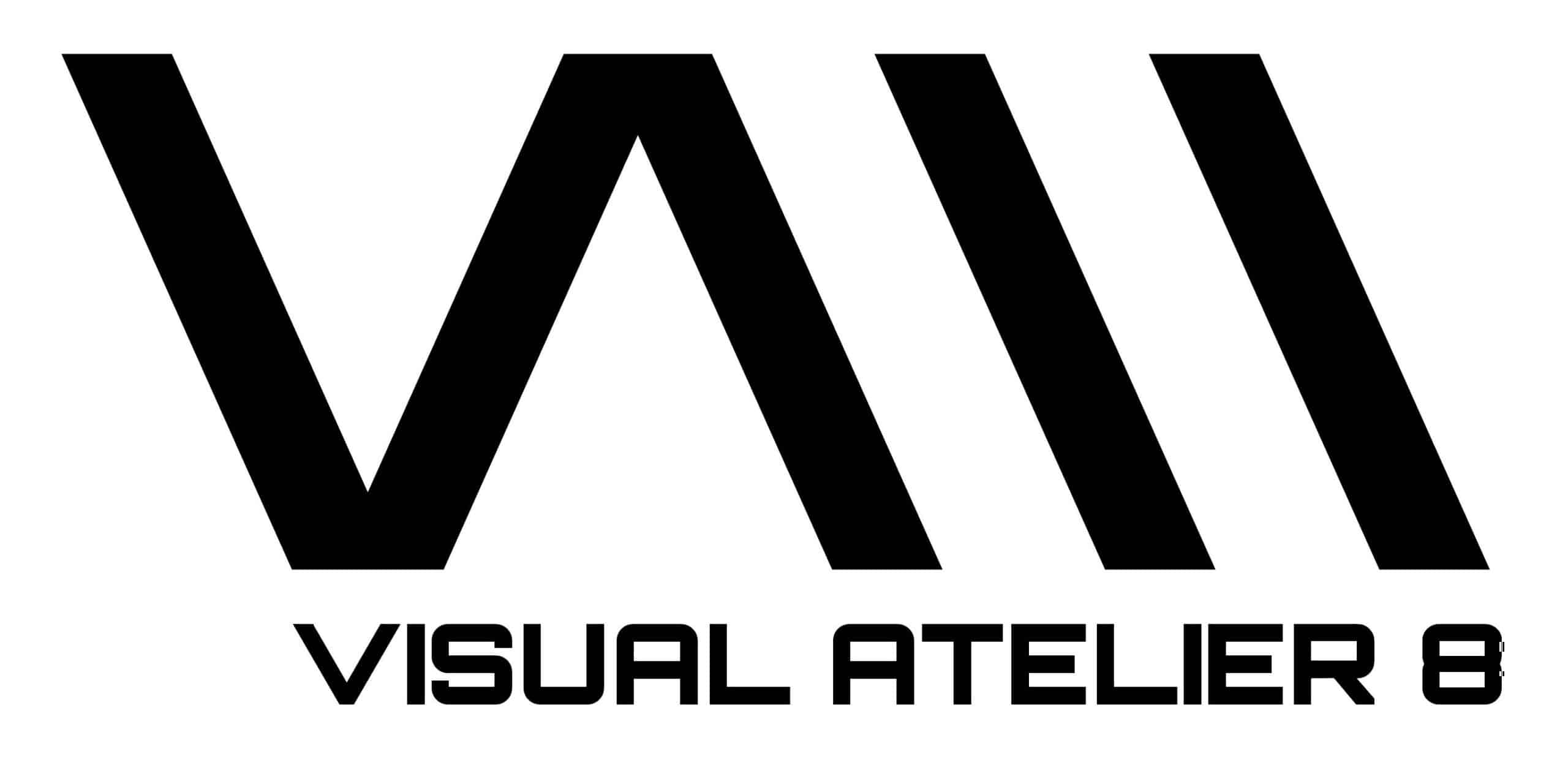
New Zealand-born, Australian-raised Andy Firth, is no ordinary sculptor.
Often creatively referred to as a “skullptor,” Firth finds his life’s work inspiration in death. Firth’s impressive and intricate handcrafted artwork of replicated human skulls encompass both light and darkness at the same time. Firth believes that through our exploration of death we can be brought to life.
Firth opened his Australian studio, Jack of the Dust, in 2013. It has since grown to 15-full time employees with his newly opened, 7,500-square foot studios in the Gold Coast. Firth produces four-to-six releases a year, each of which take up to four months from conception to completion.
Andy Firth’s celebrity-laden client list includes Joe Rogan, Slash, Chris Brown, and Jason Momoa. Firth believes his practice is only just beginning, despite his impressive social media presence of 2.5 million followers. Just coming alive, Firth will rise from the dead.

Please introduce yourself to our readers.
Hi, I’m Andy. Also known as Jack Of The Dust. I’m a self-taught Australian artist from the social generation. My style is surprise-and-delight, often represented in art pieces on signature canvas is the human skull. To me skulls represents the intricacies of the human race, our fictional characters and cultures throughout history. I hope to breathe life into the bones that would otherwise be deemed dead and gone.
Why did you decide to reveal your identity now?
Up until this point a huge part of my focus has been directed solely towards my artwork. I suppose, in a way, I have revived the stories of my subjects in place of my own. Though, I have come to realise that if I believe all stories, matter, then I’d be quite hypocritical to hide my own! Now people can put a face to the name and see a little more behind the scenes. Since most of my clientele is outside of Australia, most people won’t get to meet me face to face and this is a way of opening that portal.

What is a day in the life of Andy Firth?
Creativity flows through the veins of almost every one of my days. If I’m not sculpting, chances are I’m creating moulds and painting new variations for existing sculptures. For the most part I also record everything I do on my phone, so when it comes to home time I do enjoy just kicking back on the couch and editing content for socials!
Have you always been fascinated by death?
To me, skulls are the ultimate representation of life. They serve as the last remaining piece of the person that once was. It’s fascinating that beneath it all, the bones of humanity remain wildly similar. Funnily enough, I’m not really drawn to death, it’s more so the mystery of life and culture that surrounds that skull I find intriguing.

Why did you start with human skulls?
To me, from a creative standpoint, skulls represent endless possibilities and a link to the past that can be then placed in the present to live on into the future. I see skulls as one of the most iconic symbols of the human race as a species. It’s the only one true object that shows that, beneath everything, we’re all very much the same. Skulls are that lasting image of history, cultures and characters. By reviving these stories, I like to think that nothing is ever truly dead and gone.
How has your work evolved over the years?
When I first started, I had zero experience in the art world. It meant I had to teach myself everything through trial and error. Every time I made a mistake, I had to venture into uncharted territory and even explore untested processes based on curiosity alone. Along the way, I’ve applied techniques I learnt in my boat-building days, picked up some from watching others and even invented my own. My concepts have evolved from plain skulls to fantasy worlds, fictional worlds and decapitations of impactful people. What you see in my work today is the product of a decade-long evolution – an exploration of methods and materials, fuelled by my curiosity to push boundaries and see what happens.

What attracts people to your work?
I feel like people are drawn towards the surprise and delight aspect of my artwork. Whilst my canvas stays the same, each skull couldn’t be more different from the next. Just like people, each piece has its own individual personality. And with over 100 different skulls in my collection archive, I feel I have almost created something for everyone.
How do you stay creative?
Sometimes, when I’m split between ideas for too long, I remind myself that doing something is better than doing nothing. It’s all too often that I see people get choice paralysis and end up choosing to do nothing until they are 100% certain of the concept. When creating a new piece of artwork, I’m often not 100% certain of the direction, so I just get started and feel it out as I go.

Your team has grown a lot over the years. How do you manage the business, your employees and still remain creative and create art?
Not too long ago, I found myself spending 90% of my time in more of a management role where it was super tough for me to stay creative. At this point I reached out to one of my former managers at Riviera marine, my old boat building job. Bruno was one of the best managers I had ever worked under, and he always managed to keep a fun and friendly environment for everyone around him. I asked if he was interested in taking on an operations management role within Jack Of The Dust.
Your David & Gaddi series is powerful. Is there a Biblical reference in that?
This piece is an amalgamation of Michelangelo’s David and the “Gaddi Torso”. The biggest driving factor behind creating this piece was to steer away from the human skull, but still stay true to my creative roots. David & Gaddi Features the Decaying stone body of David whilst taking the form of the Gaddi Torso. Through the decaying stone, the underlying golden rib cage and spine shine through. Whilst I leave it to the viewer’s imagination, some professionals speculate that the Gaddi Torso is thought to represent a Centaur straining against his bonds, a theme that was represented several times in Hellenistic art, as it was an emblem of civilised control of Man’s baser nature.

Do you take custom requests?
I don’t take commissions, but I do love to hear people’s suggestions through social media!
What are you working on now?
I’m working on my next crystal creation based on my original Tell-Tale heart sculpture. I’m super excited about this one, so stay tuned!


Information
Website: https://jackofthedust.com
Instagram: www.instagram.com/jackofthedust
Photography: Mathew McFerran, Stephen Ward

